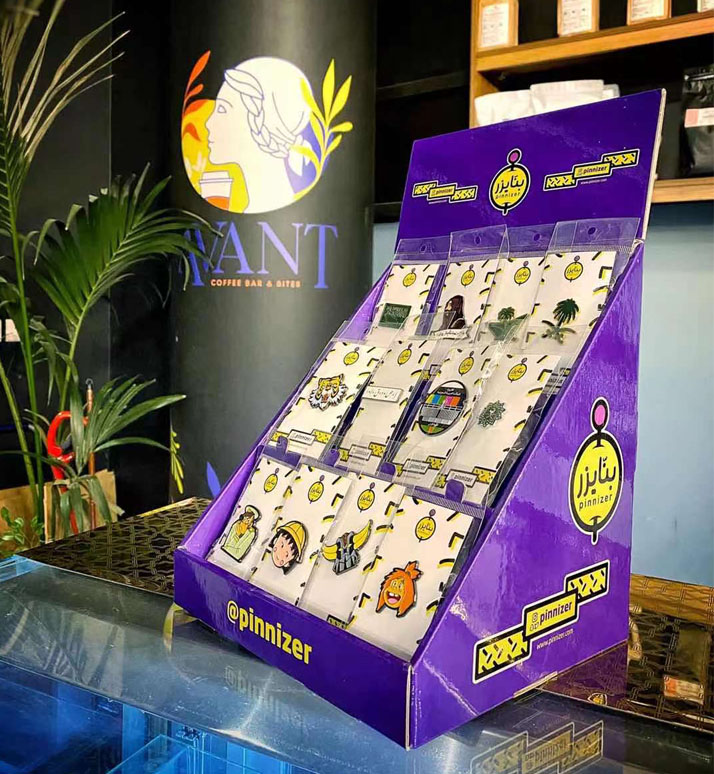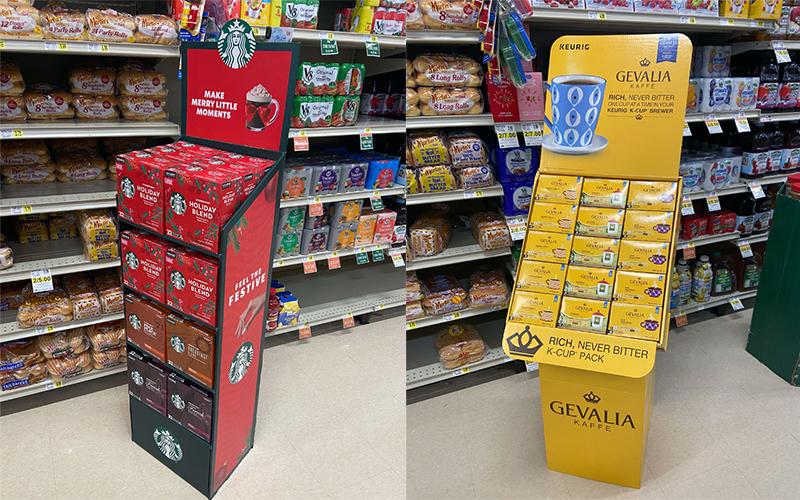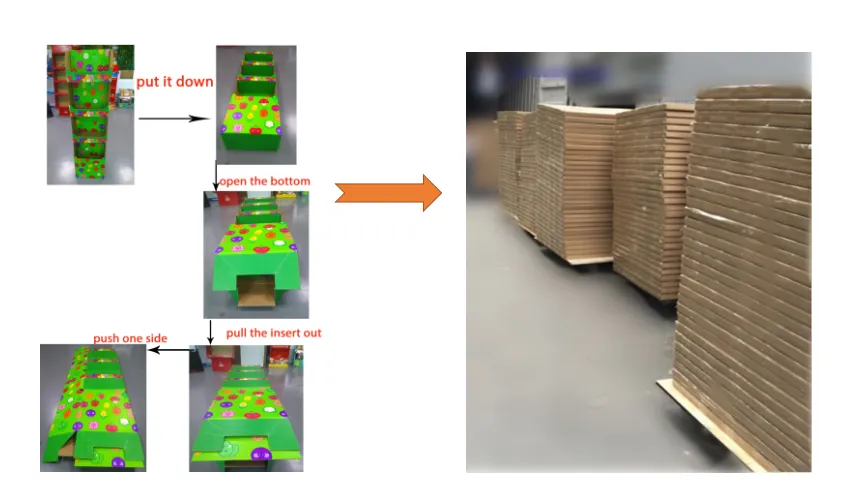Struggling to figure out how many floor displays you need to order? You worry about high minimums for a new product, but also want a fair price. Let's clear this up.
For a full production run of cardboard floor displays, the typical Minimum Order Quantity (MOQ) is around 100 to 200 units. For sampling and prototyping, you can often order just one unit to test your design before committing to a larger batch.
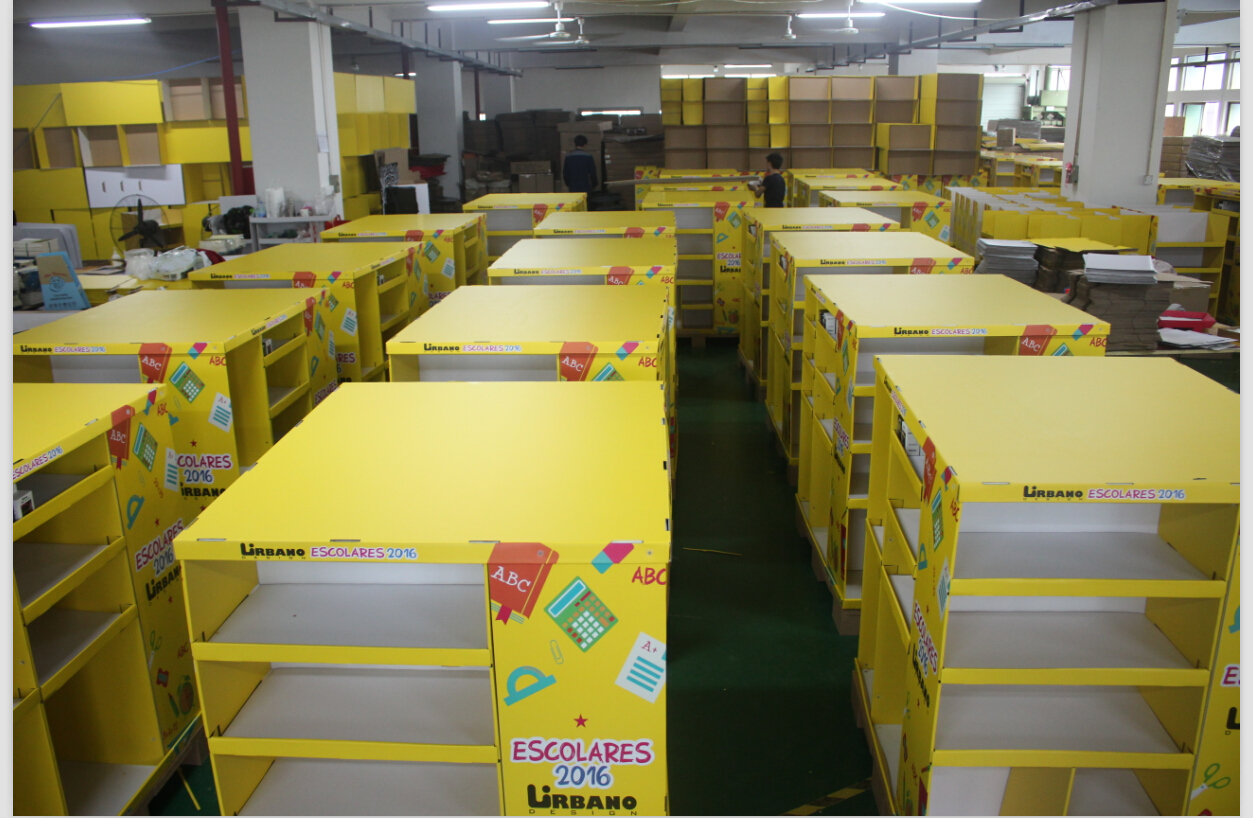
I've been in this business for 16 years, and the question of "how many do I have to buy?" is one of the first things people ask. It's a big deal. You want to get your product out there, but you can't have a garage full of unused displays. The good news is that the system is flexible. We can make a single sample for you to see and touch, or we can produce thousands. Understanding why these order quantities exist is the key to making a smart purchase. It’s all about balancing setup costs with the final per-unit price to get you the best value. Let’s dive into how it works.
What is the minimum order quantity requirement?
You have a great display design1 but see a "Minimum Order Quantity2" of 100. It feels like a huge barrier, especially for a test run or a small business.
The MOQ requirement is the smallest number of units a factory can produce to make the job cost-effective3. For most custom floor displays, this is 100 units because it covers the high initial setup costs4 for printing and cutting machinery.
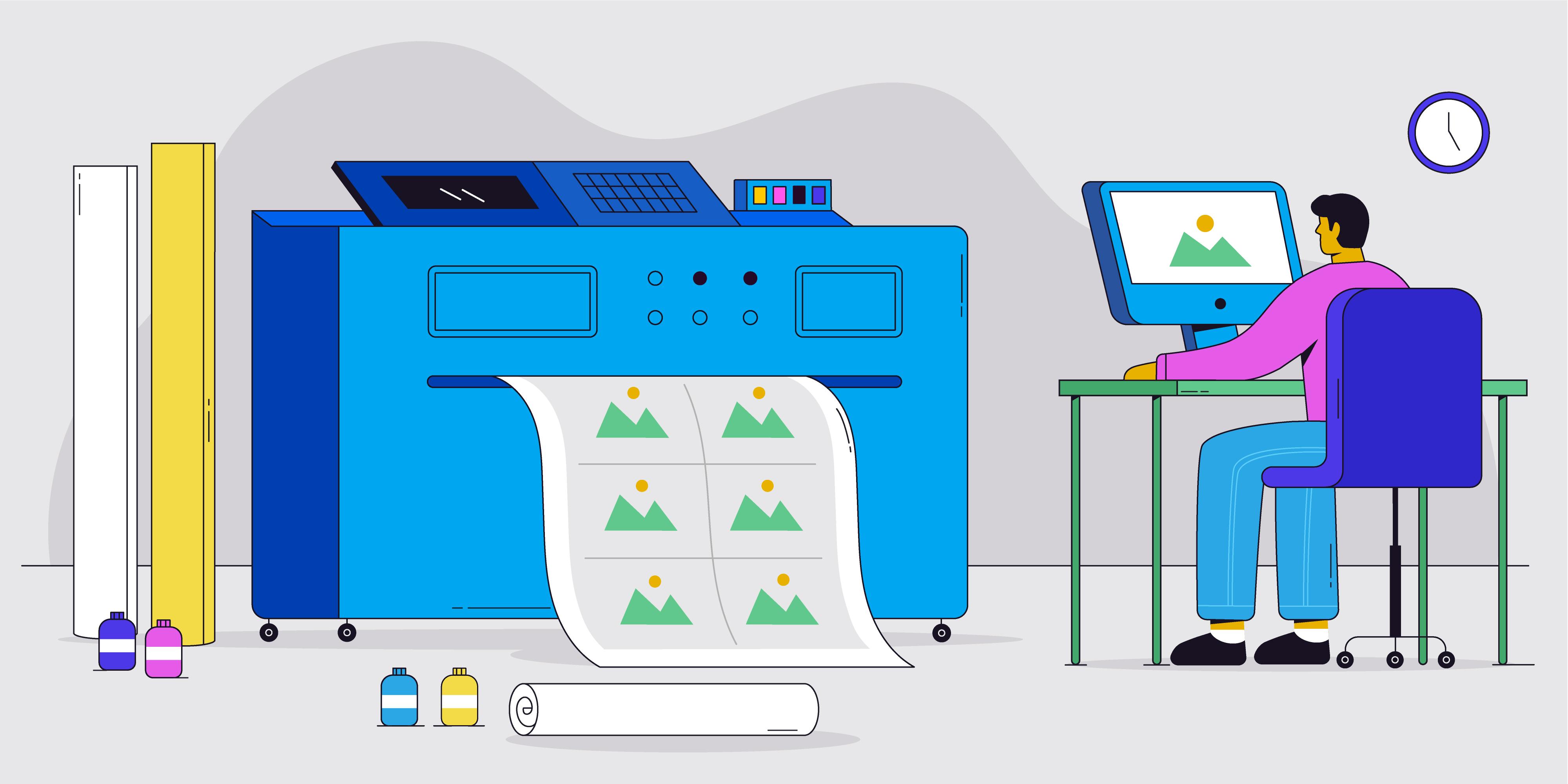
Let me break down why we have this requirement. Every new display job has fixed, one-time costs. Think of it like baking a custom cake. The baker has to buy special ingredients and tools just for your cake, whether you want one slice or the whole thing. In my world, these are things like printing plates5 and cutting die6s. A printing plate is created for each color in your design, and a cutting die is a large, sharp tool custom-made to stamp out the shape of your display from a sheet of cardboard. These setup costs are the same if I make 1 display or 500 displays. So, if we only make a few, the cost of each display becomes very high. By setting an MOQ of 100 units, we can spread those initial costs out, making the price for each individual display much more reasonable for you.
| Quantity Ordered | Total Setup Cost | Setup Cost Per Unit |
|---|---|---|
| 10 units | $500 | $50.00 |
| 50 units | $500 | $10.00 |
| 100 units | $500 | $5.00 |
| 200 units | $500 | $2.50 |
How do you determine the minimum order quantity?
You know an MOQ exists, but how do suppliers come up with that number? It can feel like a random number meant to make you spend more, which is frustrating.
We determine the MOQ by calculating all the fixed setup costs7s](https://gifts-pack.com/digital-vs-offset-printing-which-is-best-for-your-packaging-needs/)[^4] and dividing them by a quantity that results in a fair per-unit price. This calculation includes tooling, printing plates5, and machine setup time to find the break-even point for production.

When a designer like Peter sends me a new floor display concept, my team and I don't just pick a number out of thin air. We look at several key factors to find that sweet spot. First is the material. Is it a standard cardboard or a premium, coated stock? Then, we look at the printing. A simple one-color logo uses one printing plate. A full-color photographic design might use four plates (CMYK). Each plate adds to the fixed setup cost. The biggest factor is often the cutting die6. A complex display with many shelves, curves, and cutouts needs an intricate and expensive die. All these fixed costs are added up. We then find the quantity where these costs, spread across each unit, plus the material and labor for each unit, come together to create a price that makes sense for our clients. It’s a balance between your budget and the physical realities of production.
| Cost Factor | Simple Display (1-Color) | Complex Display (Full-Color, Multiple Shelves) |
|---|---|---|
| Printing Setup | Low (1 plate) | High (4+ plates) |
| Cutting Die | Low (simple shape) | High (intricate shape) |
| Material Waste | Minimal | Higher |
| Resulting MOQ | ~100 units | ~200 units |
What is the minimum moq?
Searching for suppliers, you see different MOQs everywhere. Some say 50, some say 200. You just want to know the real, absolute minimum you can possibly order.
The absolute minimum MOQ can be just one unit. This is for a digitally printed and cut sample. For a cost-effective3 mass production run8, the practical minimum MOQ is usually 100 units to offset setup costs for printing and die-cutting.
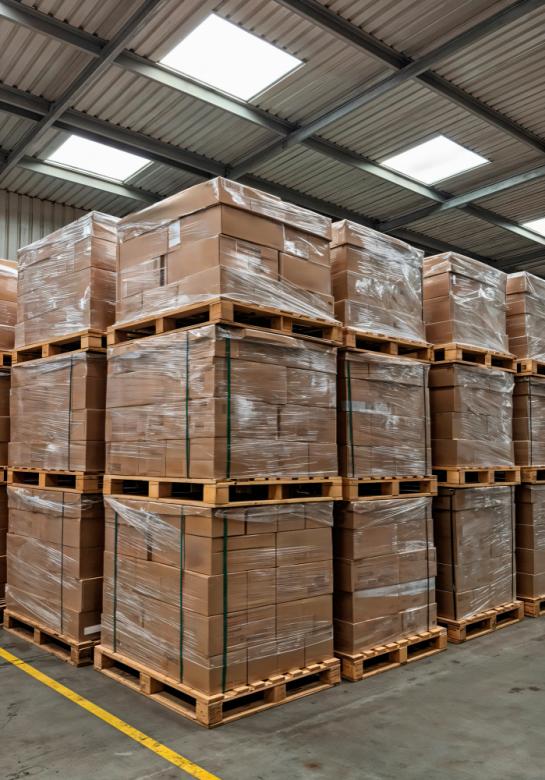
Here’s the straight answer from my 16 years of experience. We need to talk about two different "minimums."
1. The Sample MOQ
If you want to see your design in person, test its strength, or show it to your sales team, we can absolutely make just one. For this, we use digital technology. A digital printer works like your office printer, so there are no plates. A digital cutter uses a computer-guided blade, so there's no custom die. This is perfect for a prototype, and the MOQ is one. The downside? It's expensive on a per-unit basis and not efficient for making hundreds.
2. The Production MOQ
This is what most people mean when they ask about MOQ. This is for your main order that will go into stores. For this, we use traditional offset printing and die-cutting because it's much faster and cheaper per unit on large runs. Because of the setup costs4 I mentioned earlier, the starting point where this method makes financial sense is around 100 units. I always guide my clients to this option for their main batch because, while the total cost is higher, the price you pay for each display is much, much lower.
What is EOQ with minimum order quantity?
You understand MOQ now, but then you hear the term "EOQ" and it sounds complicated. You just want to order displays without needing a business degree to do it.
EOQ, or Economic Order Quantity9, is the ideal order amount that minimizes your total costs, including both ordering and storage. While MOQ is the minimum we require, EOQ is the smartest quantity you should order for your business.
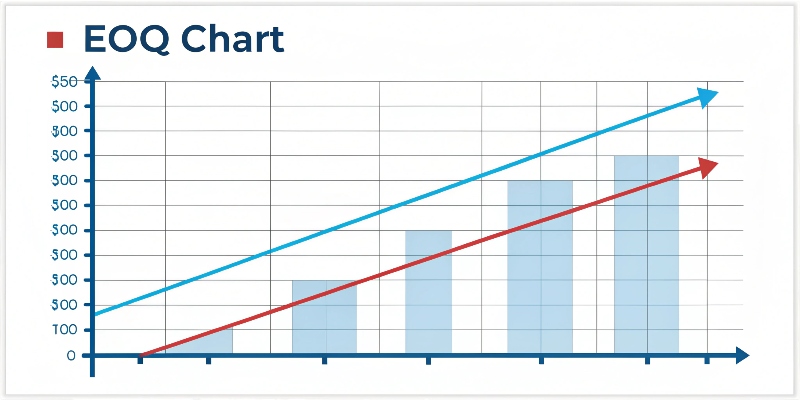
Think of it this way. The MOQ is our number. The EOQ is your number. The MOQ gets you in the door, but the EOQ helps you save money in the long run. The concept is simple. It balances two kinds of costs you face:
- Ordering Costs: This is what you pay each time you place an order. If you order in small batches (like 100 units at a time), you will have to place more orders over the year, meaning you pay our setup fees more often.
- Holding Costs: This is what it costs you to store the displays. If you order a giant batch of 2,000 displays to get a low unit price, you have to pay for warehouse space10 to keep them safe and dry.
The EOQ is the perfect balance point. It's the quantity where your combined ordering and holding costs11 are at their lowest. When I work with a client, I don't just focus on our MOQ. I ask them, "How many displays do you use a year? What's your storage situation like?" This helps us figure out an ordering plan that is truly economical for them, not just for us.
| Order Scenario | Ordering Costs (per year) | Holding Costs (per year) | Total Costs |
|---|---|---|---|
| Small, Frequent Orders | High | Low | High |
| EOQ Order Size | Medium | Medium | Lowest |
| Large, Infrequent Orders | Low | High | High |
Conclusion
MOQ for floor displays is typically 100 units for production to be cost-effective3, but single-unit samples are always an option. Understanding this helps you plan and budget for your project.
-
Learn key principles for creating eye-catching and effective displays. ↩
-
Understanding MOQ helps you plan your orders effectively and avoid excess inventory. ↩
-
Find strategies to optimize your display production costs. ↩ ↩ ↩
-
Discover how setup costs impact the pricing of your display orders. ↩ ↩
-
Gain insight into the role of printing plates in creating custom displays. ↩ ↩
-
Understand how cutting dies shape your displays and affect costs. ↩ ↩
-
Learn how fixed costs influence the pricing structure of your orders. ↩
-
Explore the benefits of mass production for cost savings. ↩
-
Understand EOQ to optimize your ordering strategy and reduce costs. ↩
-
Discover strategies for efficient storage of your display inventory. ↩
-
Explore how holding costs impact your storage and financial planning. ↩



